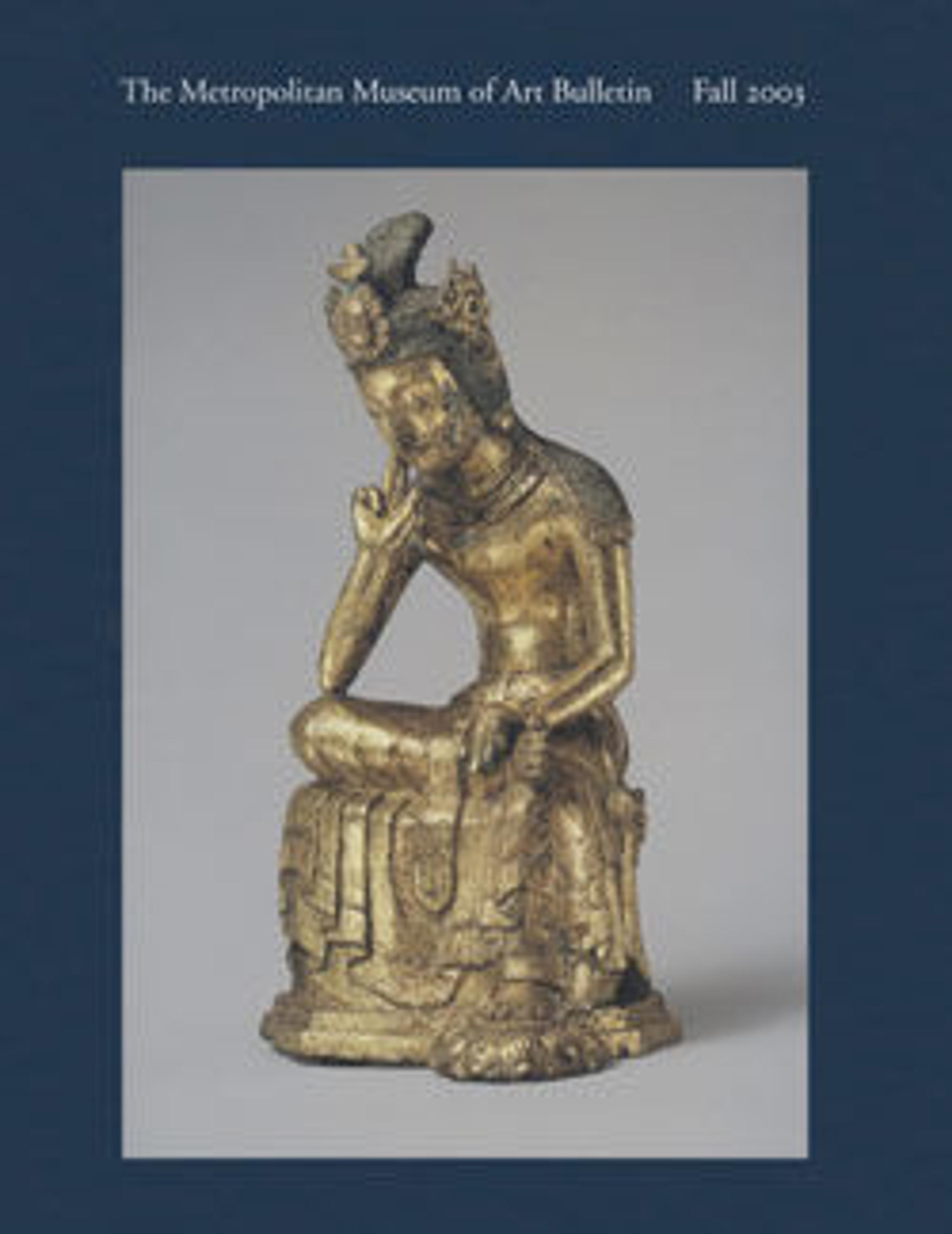Pair of wall lights
Frederick the Great was an ardent champion of the Rococo style, which flourished in and around Berlin under his patronage. The northern German version of the Rococo was characterized by a pronounced asymmetry and exaggeration of form, a preference for a combination of rich materials, and the use of strong colors, qualities that distinguished the Rococo associated with Frederick's court from that of France and southern Germany. A specific characteristic of Frederick's Rococo taste was a prominent use of naturalistic, boldly sculptural flowers. Those that dominate the design of this pair of wall lights are a hallmark of the Royal Porcelain Manufactory, which Frederick established in 1763 on acquiring a struggling porcelain factory. The wall lights, among the most ambi- tious objects made at the new factory, are brilliantly conceived as a pair. The back plates are mirror images, and many of the same flowers appear on both wall lights, on one depicted with the blossoms open and on the other with them closed. Among the flowers are peonies, tulips, carnations, roses, and columbine, and their modeling, whether in low relief or in three dimensions, represents a tour de force of porcelain production in the eighteenth century.
Artwork Details
- Title: Pair of wall lights
- Manufactory: Royal Porcelain Manufactory, Berlin (German, founded 1763)
- Date: ca. 1765–68
- Culture: German, Berlin
- Medium: Hard-paste porcelain and gilt bronze; brass
- Dimensions: Overall .1 (confirmed field dimensions): 22 x 17 7/8 x 10 1/2 in. (55.9 x 45.4 x 26.7 cm);
Overall .2 (confirmed field dimensions): 22 3/8 x 18 3/4 x 7 7/8 in. (56.8 x 47.6 x 20 cm) - Classification: Ceramics-Porcelain
- Credit Line: Wrightsman Fund, 2002
- Object Number: 2002.437.1, .2
- Curatorial Department: European Sculpture and Decorative Arts
More Artwork
Research Resources
The Met provides unparalleled resources for research and welcomes an international community of students and scholars. The Met's Open Access API is where creators and researchers can connect to the The Met collection. Open Access data and public domain images are available for unrestricted commercial and noncommercial use without permission or fee.
To request images under copyright and other restrictions, please use this Image Request form.
Feedback
We continue to research and examine historical and cultural context for objects in The Met collection. If you have comments or questions about this object record, please contact us using the form below. The Museum looks forward to receiving your comments.
